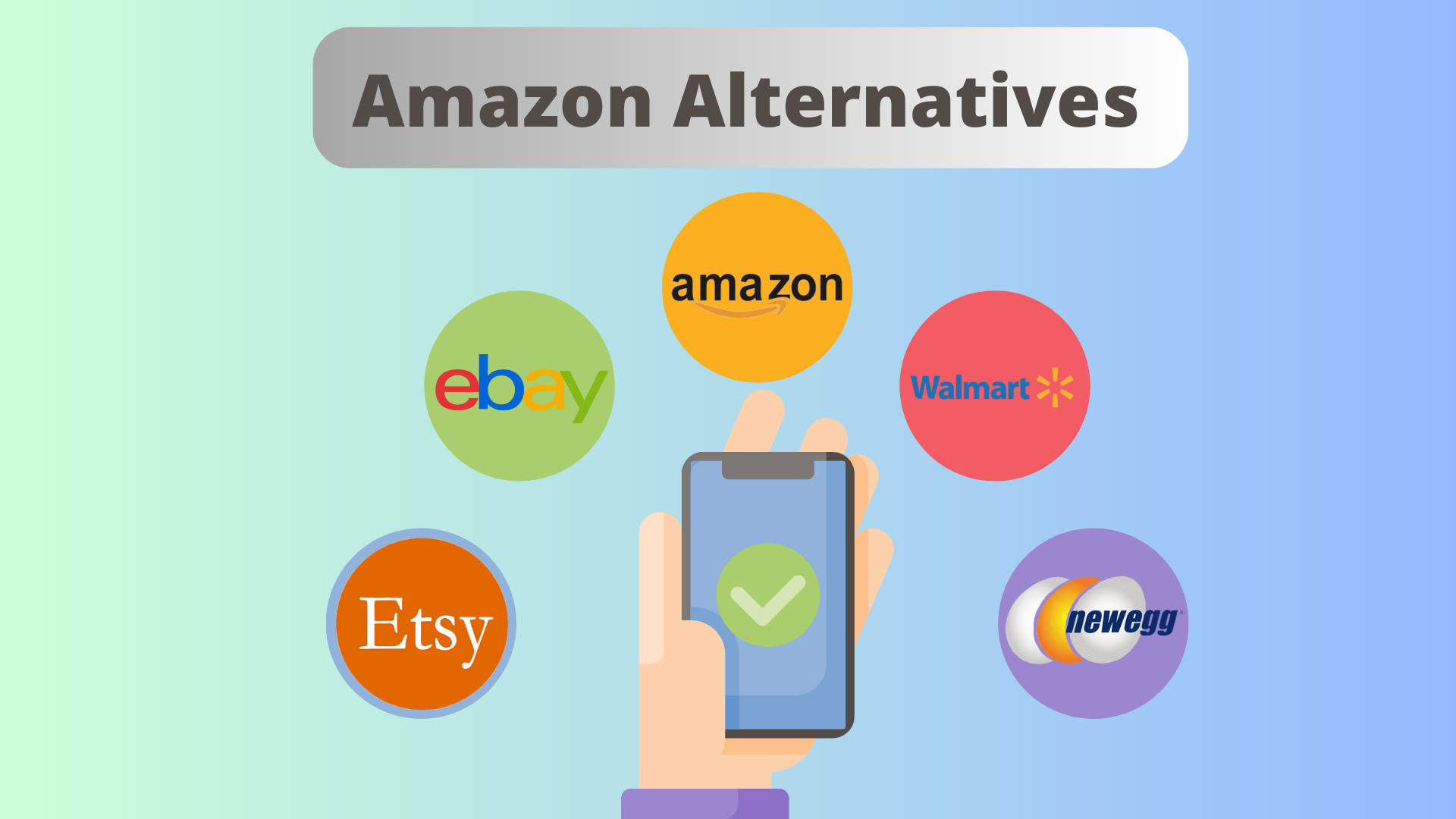𝗢𝘃𝗲𝗿𝗰𝗼𝗺𝗶𝗻𝗴 𝗖𝗵𝗮𝗹𝗹𝗲𝗻𝗴𝗲𝘀 𝗶𝗻 𝗪𝗮𝗹𝗺𝗮𝗿𝘁 𝗠𝗮𝗿𝗸𝗲𝘁𝗽𝗹𝗮𝗰𝗲 𝗔𝗽𝗽𝗿𝗼𝘃𝗮𝗹
Entering the Walmart Marketplace can be a game-changer for e-commerce entrepreneurs. With Walmart’s extensive reach and reputation, selling on their platform offers access to millions of loyal customers. However, Walmart’s stringent vetting process can be challenging to navigate, especially with their recent policy updates in 2024. This post breaks down the essentials, from why Walmart Marketplace approval is so valuable to navigating the application process and understanding what to do if your application is denied.
𝗪𝗵𝘆 𝗦𝗲𝗹𝗹𝗲𝗿𝘀 𝗦𝗵𝗼𝘂𝗹𝗱 𝗖𝗼𝗻𝘀𝗶𝗱𝗲𝗿 𝗪𝗮𝗹𝗺𝗮𝗿𝘁 𝗠𝗮𝗿𝗸𝗲𝘁𝗽𝗹𝗮𝗰𝗲
For any business serious about e-commerce growth, Walmart Marketplace is a lucrative platform. Unlike other marketplaces, Walmart offers a unique advantage due to its established customer base and brand loyalty. Benefits of selling on Walmart Marketplace include:
– Access to a Vast Customer Base: With millions of monthly visitors, Walmart Marketplace provides access to a large and diverse audience.
– Trust and Brand Authority: Walmart’s reputation for quality and reliability encourages shoppers to buy from their platform.
– Lower Competition: Unlike Amazon, Walmart’s marketplace has fewer sellers, making it easier to stand out with the right strategy.
– Cost-Effective for Sellers: Walmart doesn’t charge a monthly subscription fee; instead, sellers pay a commission on sales, making it attractive for small to medium businesses.
Applying for Walmart Marketplace approval can be a significant milestone for any e-commerce venture, providing an additional revenue stream and the potential to build a loyal customer following.
𝗥𝗲𝗰𝗲𝗻𝘁 𝗣𝗼𝗹𝗶𝗰𝘆 𝗨𝗽𝗱𝗮𝘁𝗲𝘀 𝗶𝗻 𝟮𝟬𝟮𝟰
As of 2024, Walmart has introduced new policy updates to maintain its marketplace quality and ensure seller authenticity. Notably, Walmart now requires applicants to provide a government-approved ID, such as a driver’s license or another form of recognized identification. This step ensures that applicants are verified and meet Walmart’s standards for reliable business practices.
These updates reflect Walmart’s commitment to maintaining a high standard for sellers, filtering out potential fraud, and enhancing the marketplace’s trustworthiness.
𝗗𝗼𝗰𝘂𝗺𝗲𝗻𝘁𝘀 𝗥𝗲𝗾𝘂𝗶𝗿𝗲𝗱 𝗳𝗼𝗿 𝗪𝗮𝗹𝗺𝗮𝗿𝘁 𝗠𝗮𝗿𝗸𝗲𝘁𝗽𝗹𝗮𝗰𝗲 𝗔𝗽𝗽𝗿𝗼𝘃𝗮𝗹
Securing Walmart Marketplace approval requires thorough preparation and a set of essential documents. Below is a checklist to help you through the application process:
1. Business Tax ID (EIN): Walmart requires an Employer Identification Number (EIN) for verification purposes.
2. Government-Approved ID: Starting in 2024, a valid government ID like a driver’s license or passport is required.
3. U.S.-based Business Information: Walmart prefers established businesses with a U.S. presence, including a U.S.-based business address and phone number.
4. Active Business Website or Amazon Storefront: A functional business website or Amazon storefront demonstrates legitimacy and gives Walmart an idea of your online presence.
5. Business Email: Generic email domains (like Gmail or Yahoo) are typically not accepted. Ensure you have a professional email linked to your domain.
6. Product Categories: Specify the product categories you intend to sell on Walmart, which should align with Walmart’s target audience.
Completing and uploading these documents accurately can increase the likelihood of approval. Remember to check all requirements thoroughly to ensure everything is up-to-date and aligns with Walmart’s standards.
𝗛𝗼𝘄 𝗧𝗼 𝗠𝗮𝗻𝗮𝗴𝗲 𝗔𝗽𝗽𝗹𝗶𝗰𝗮𝘁𝗶𝗼𝗻 𝗗𝗲𝗻𝗶𝗮𝗹 𝗳𝗼𝗿 𝗪𝗮𝗹𝗺𝗮𝗿𝘁 𝗠𝗮𝗿𝗸𝗲𝘁𝗽𝗹𝗮𝗰𝗲 𝗔𝗽𝗽𝗿𝗼𝘃𝗮𝗹
If your Walmart Marketplace application is denied, don’t get discouraged. Walmart’s selective application process is designed to maintain a high standard, and denial can be an opportunity to revisit and refine your approach.
𝗦𝘁𝗲𝗽𝘀 𝘁𝗼 𝗧𝗮𝗸𝗲 𝗔𝗳𝘁𝗲𝗿 𝗮 𝗗𝗲𝗻𝗶𝗮𝗹
1. Review the Feedback: Walmart typically provides feedback on application decisions. Review this carefully to understand areas that need improvement.
2. Ensure Accurate and Updated Information: Double-check all provided information, ensuring documents and ID are accurate and up-to-date.
3. Strengthen Your Online Presence: Walmart looks for established businesses with a strong online presence. Update your business website or Amazon storefront with detailed product descriptions, high-quality images, and customer testimonials.
4. Improve Business Documentation: Ensure you have well-organized and comprehensive business documents that verify your operational capabilities.
5. Reapply with Additional Documentation: If possible, provide additional supporting documents, such as warehouse photos, partnerships with recognized brands, or sales history, to strengthen your case.
Reapplying with an enhanced profile can improve your chances of being accepted. Walmart allows applicants to reapply, so take the time to address their feedback and refine your application to meet their standards.
𝗖𝗼𝗻𝗰𝗹𝘂𝘀𝗶𝗼𝗻
Securing Walmart Marketplace approval is a valuable opportunity for any e-commerce business seeking growth and visibility in a competitive marketplace. By preparing the required documents, understanding Walmart’s updated policies, and presenting a strong, reliable business profile, you can increase your chances of success. Remember, even if your application is denied, there are steps you can take to improve and reapply.
The Walmart Marketplace approval process may be rigorous, but the potential rewards—access to a large customer base, brand credibility, and the chance for significant sales growth—are well worth the effort. Embrace the challenge, prepare thoroughly, and position your business for success on Walmart’s platform.



